In a remote pocket of India, a quiet yet transformative movement is underway. Youth from tribal and marginalised communities are taking up cameras—not just to capture stunning visuals of the natural world but to tell stories that have long remained unheard. At the heart of this movement is the Green Hub Project, a youth-driven initiative led by filmmaker and conservationist Rita Banerji and her entire team, which trains young people in visual storytelling for ecological and social change.
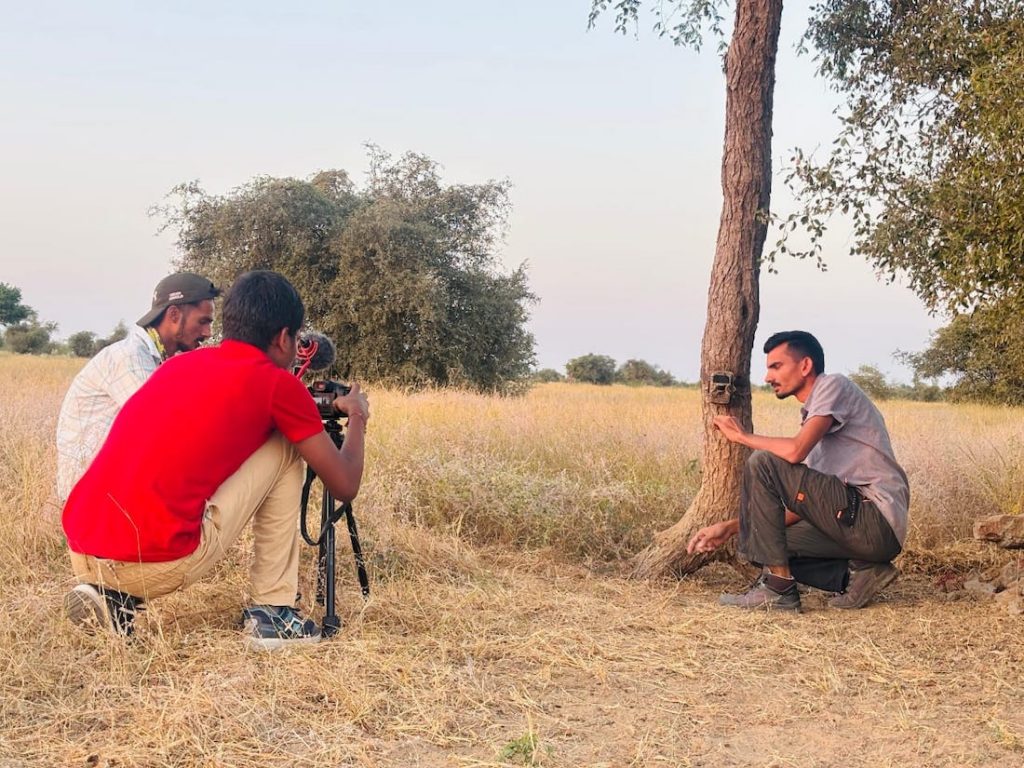
This journey took an exciting new turn when the Dusty Foot Foundation (DFF), supported by the Bharat Rural Livelihoods Foundation (BRLF), proposed the creation of Green Hub Central India, a new initiative aimed at helping tribal youth document local livelihoods, biodiversity, wildlife, and environmental stories. It was here that two young fellows—Ganesh Tilgam, a tribal youth from the Gond community from Mandla district, Madhya Pradesh, and Priyanshu Raj from Kolkata, West Bengal —began their cinematic exploration of two iconic and endangered birds: the Great Indian Bustard and the Lesser Florican.
Into The Wild: Exploring Bustard And Florican Territories
In July 2022, a meeting between Kishor Rithe, the Director of BNHS, and Rita Banerjee, the Founder of Green Hub, established a fruitful collaboration between the two organisations. Wildlife science communicator and editor Dr. Oishimaya Sen Nag helped set up the meeting. The collaboration aimed to create powerful documentaries that would spotlight highly threatened species and their conservation needs.
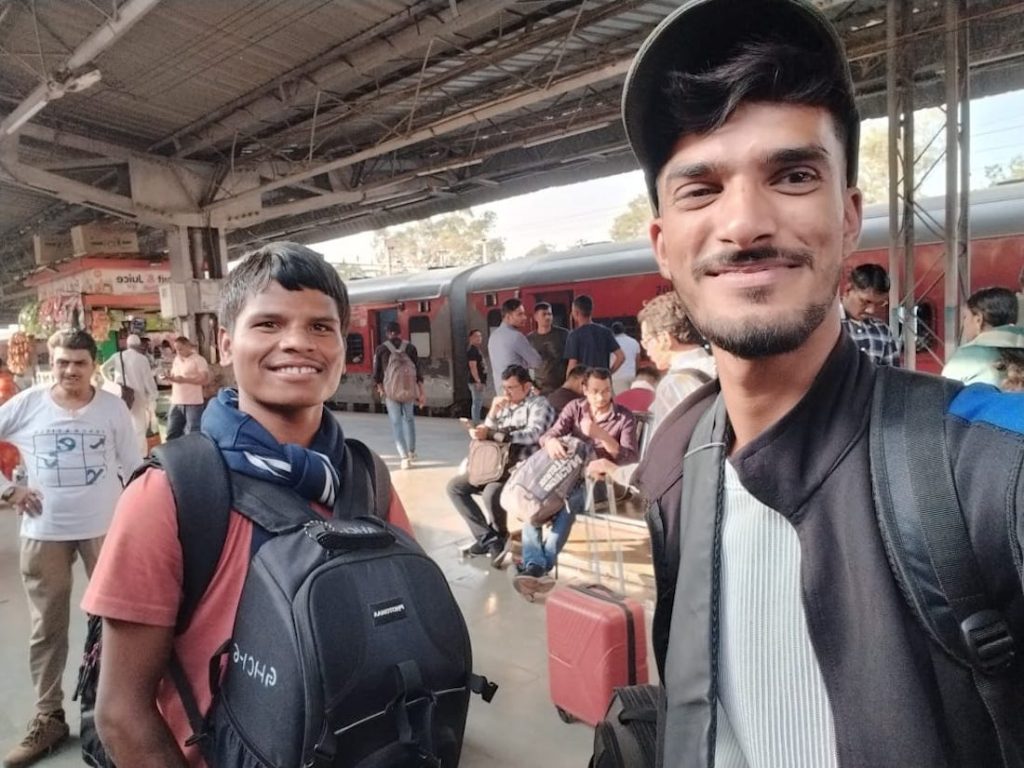
As part of the collaboration, Green Hub fellows Ganesh and Priyanshu were assigned the task of filming for BNHS. The two young fellows arrived at our Bustards and Florican Program’s field sites in Rajasthan with little more than basic filming gear and infinite curiosity. With grit and enthusiasm and under the supervision of my team, they began visiting bustard and florican habitats, navigating remote base camps, adapting to field conditions, and forming deep connections with these fragile ecosystems.
Ganesh’s tribal background enabled him to seamlessly integrate into field conditions across various terrains, including the rugged stretches of the Thar Desert. Priyanshu honed his skills not only behind the camera but also in cooking and field logistics—everyday lessons that shaped their resilience.
Shaping A Story: Script And Mentorship
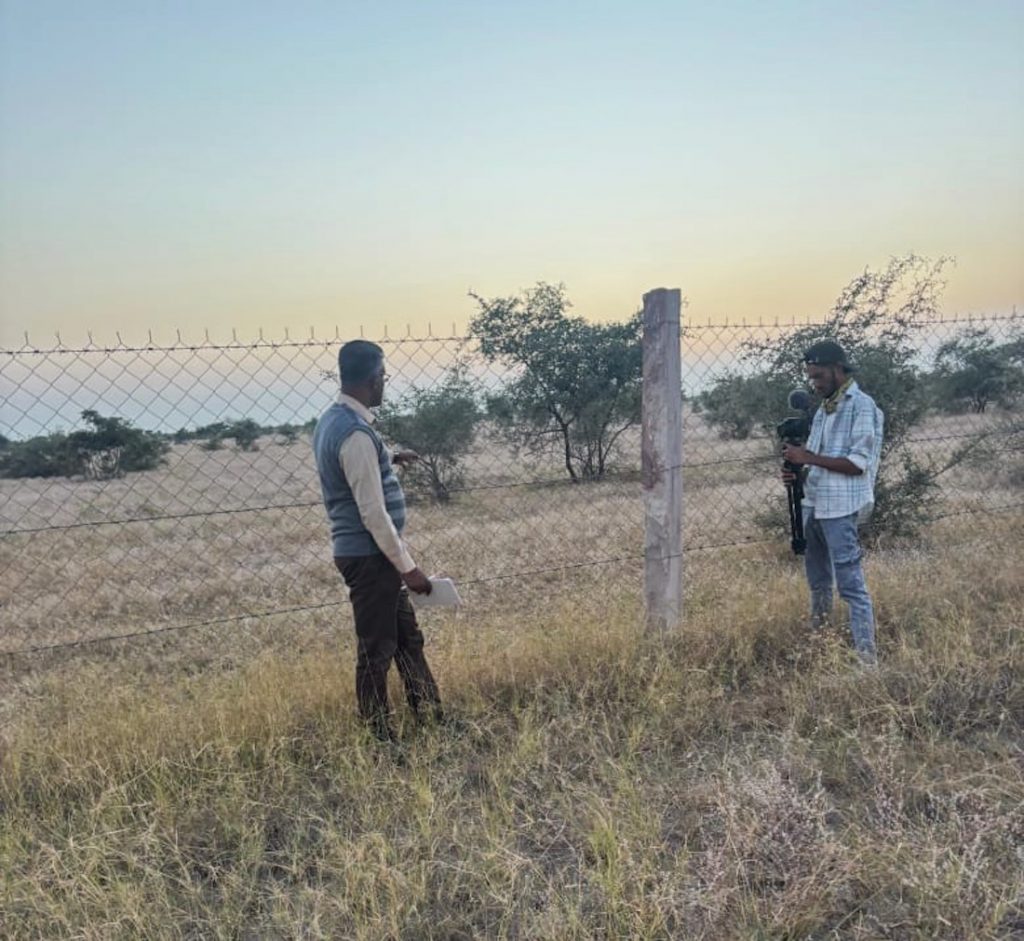
Returning to the Green Hub Central centre in Bhopal after a two-week field trip, the fellows immersed themselves in scriptwriting, working under a dual-mentor model—one from Green Hub, Mr Vijendra Sharma and another from BNHS. What initially seemed a modest beginning soon became a profound, in-depth exploration. The final scripts reflected not just technical competence but emotional depth and environmental insight that exceeded expectations.
Their year-long journey became a passionate quest. For over a month, the young filmmakers meticulously edited and reviewed raw footage, showing remarkable patience and attention to detail. Suggestions from BNHS—like adding maps and factual clarifications—were seamlessly integrated. By June, the first cuts were ready, and the results were already impressive.
A Festival Of Stories: Green Hub Central India Film Festival, 2025
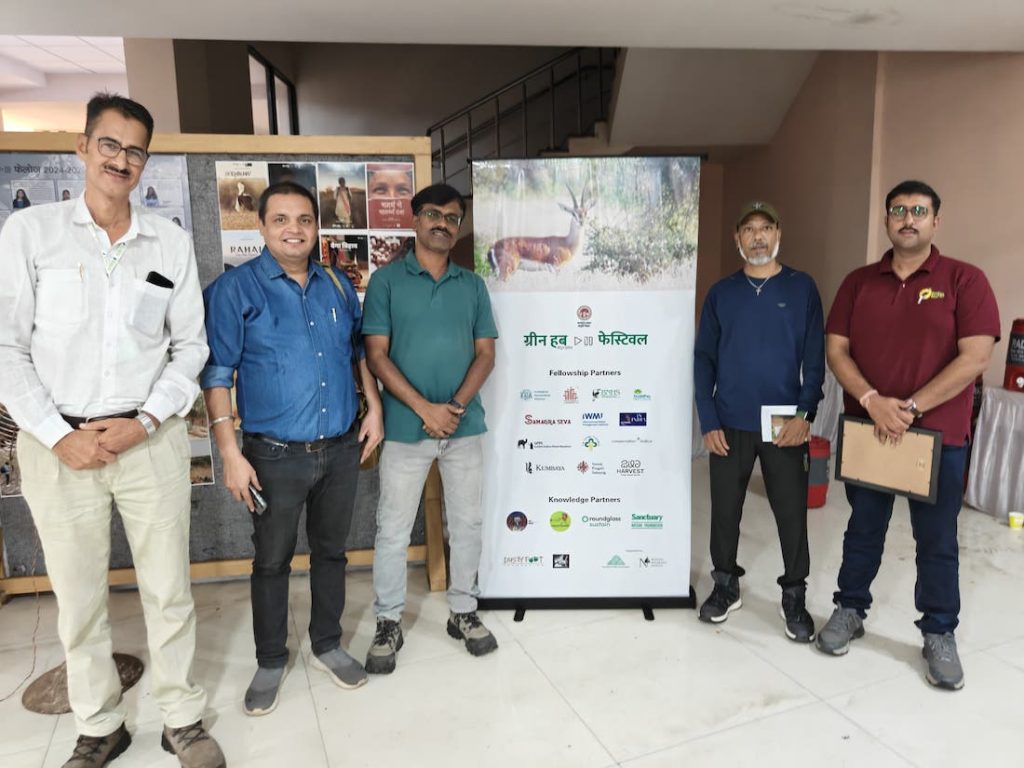
Although initially unable to attend the Green Hub Central India Film Festival in Bhopal, held on July 12–13, 2025, a last-minute change in plans allowed me to arrive at the venue on July 10. The festival celebrated the vibrant work of Green Hub fellows from 2024 to 2025, as well as its alumni. It was a showcase of grassroots conservation stories that weren’t polished, like National Geographic productions, but were far more connected, personal, and locally grounded.
Beyond technical achievement, what stood out was the authenticity and raw passion behind every frame. Tribal youth who had never left their native villages were now handling cameras, editing footage, and engaging in cross-country ecological dialogues. The energy among the fellows was infectious and humbling. The final documentary, refined with care, left a lasting and powerful impression.
More Than Just Films
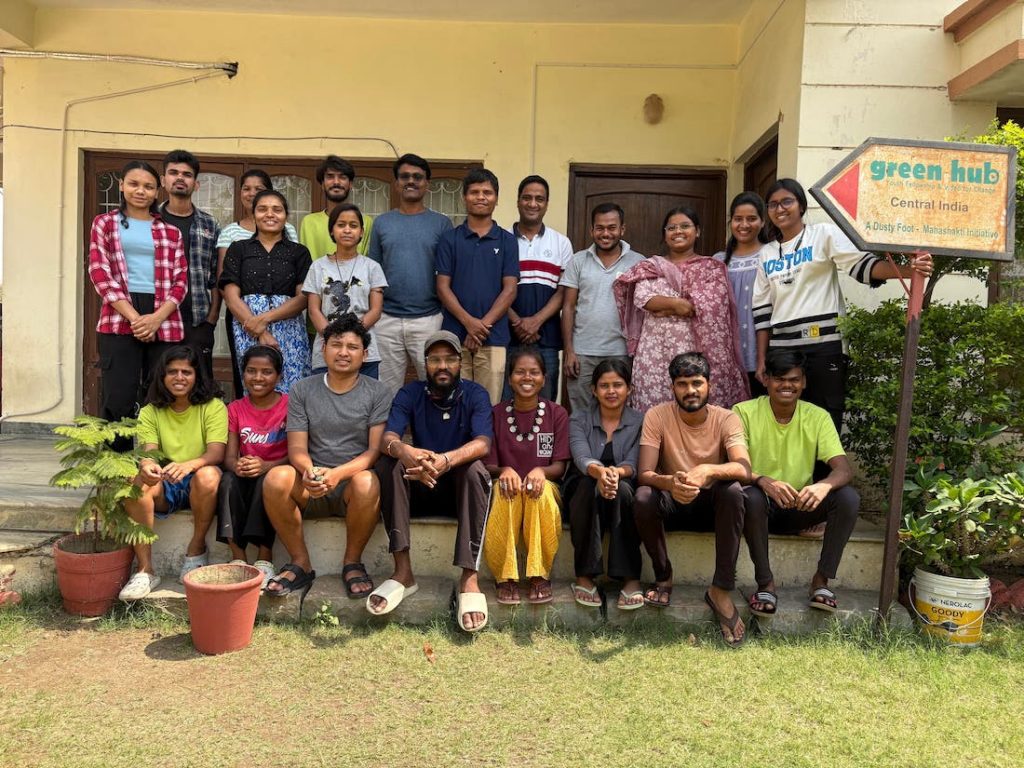
These documentaries are more than visual records—they are windows into a vibrant movement where youth reclaim their voices, reconnect with nature, and redefine what conservation looks like. Releasing these films on public platforms would be a fitting tribute to the commitment of these young storytellers and the Green Hub vision of ecological security grounded in community empowerment.
Author: Dr Sujit Narwade, Deputy Director, Lead of BNHS Bustard and Florican Program, Bombay Natural History Society.

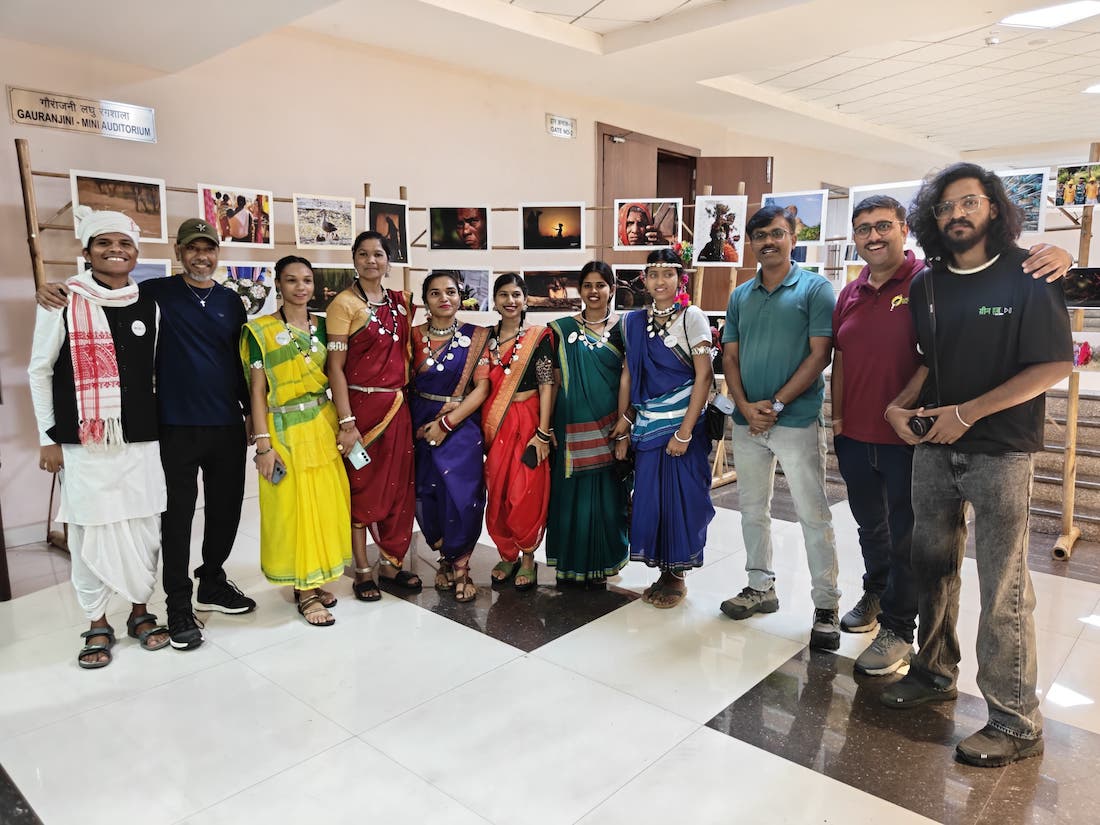
Congrats to the team ,this is the only solutions to bring awareness and educate even educated people.All the best and do tell us when and where we can see the film.Yash, Ecocare foundation.
I am delighted by such a participative programme. Village including our Adivasi inmates moving in habitats of GIB and Lesser Florican. No photographs posted, yet an encouraging endeavour. My best wishes.